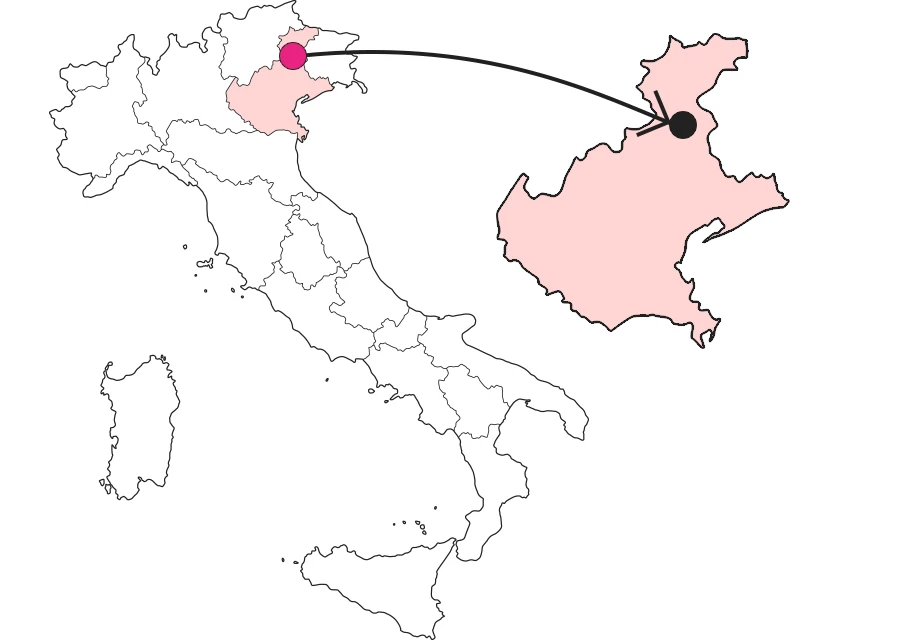









Where

What it is and where it is
Fort "Tre Sassi" (2100m. asl) is an Austro-Hungarian fort built between 1897 and 1901 to control access to Val Badia: it was abandoned at the beginning of World War I following Italian bombing. Since 2003 the fort has been a Great War Museum. Not far away, the trenches and military barracks of the Edelweiss Stellung, used by soldiers as dormitories, kitchens, and latrines, can also be visited.
Why it is special
The thick stone walls seem to hold the memories and voices of soldiers, the cold and fatigue. Inside the Fort sometimes wander the "Reenactors, " enthusiasts who "impersonate History" by living just like the soldiers, in uniform, in the barracks, and retracing episodes from the Great War so that the memory does not fade.
Not to be missed
The Museum has a very rich collection of artifacts: bayonet rifles, grenades, schrapnel, machine guns and cannons ... uniforms, boots, poor mountain equipment, helmets (many, too many, pierced by bullets) .... and field kitchens, drills, bastes for mules... Then there are thousands of letters, photos and diaries, and endless items of common use: briar and ceramic pipes, meat tins, mouth accordions...
A bit of history
The museum stands at the foot of Sass de St ria (the Witch's Rock, 2477 meters). On top of the Sass stands a cross commemorating the useless sacrifice of a patrol of Italian infantrymen who conquered the peak for only one day. They were led by young Second Lieutenant Mario Fusetti, one of the many Men of our past we meet at the Museum. It was October 18, 1915. If you have good boots and a minimum of training, it is worth climbing to the summit.
Trivia
Many of the memorabilia preserved in the Museum come from the hard work of the Recoverers. In the years of hunger and poverty that followed the war, for many families there was no other choice for living: either emigrating, or earning some money by going out to look for war materials at battle sites - shell casings, barbed wire, bombs... - and then reselling the ferrous materials by the kilo. Hard and dangerous work, which cost many lives even in peacetime.
Enter the Map of Italy's Undiscovered Wonders and find treasures where you least expect it... Inspire, Recommend, Share...
Collections
The Map thanks:
In the Community
Enter the Map of Italy's Undiscovered Wonders and find treasures where you least expect it... Inspire, Recommend, Share...
Where

Collections


